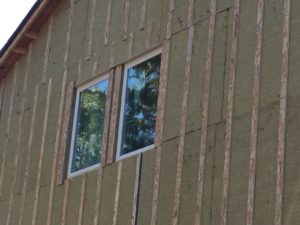Your cart is currently empty!
Tag: Continuous rigid insulation
-

What is Continuous Insulation and Why Does It Matter?
Let’s start by clearing up a misconception about building envelopes: Buildings need to breathe, walls don’t. If you want a building to be energy efficient and comfortable, you can’t have leaky walls. If you want a resilient building without mold issues, you can’t have walls that trap moisture. With a continuous insulation strategy, however, you…
